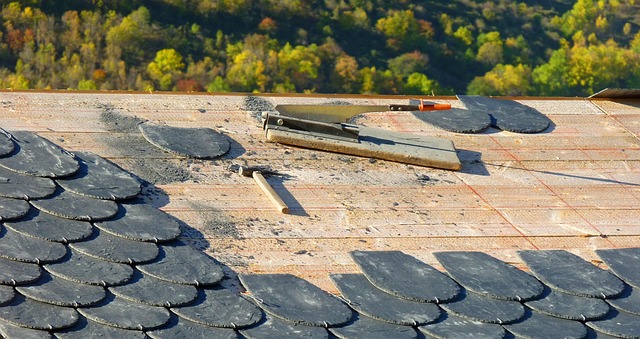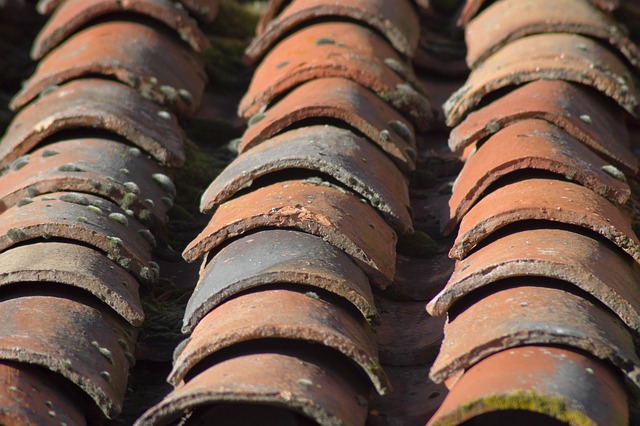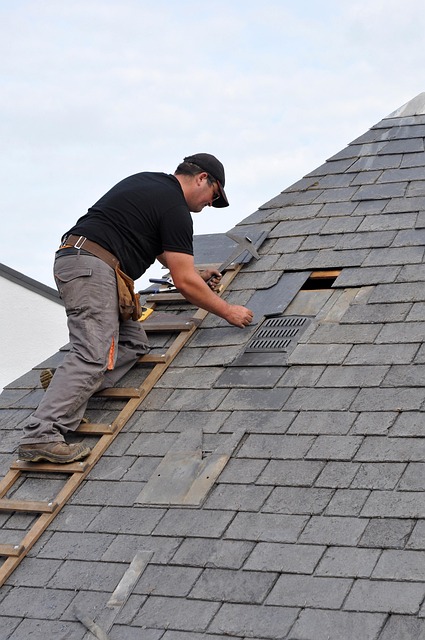Roofer inspections are crucial for insurance claims, providing expert assessments of roof damage. They conduct thorough visual and component analyses, consider lifespan factors, and document findings with detailed reports to aid in claim determinations. Roofers guide policyholders through appeals, ensuring accurate inspection evidence and compliance with insurance company criteria for successful claims.
In the intricate dance of property insurance claims, roofers play a pivotal role, serving as expert evaluators of damage. This article delves into the crucial responsibilities of roofers within the insurance claims process, providing an indispensable guide to efficient and accurate assessments. From understanding essential roof inspection procedures to crafting comprehensive damage reports, we explore best practices. Additionally, we navigate common challenges like claim denials and appeals, offering strategic insights for successful resolutions, all with a focus on the roofer’s critical expertise.
- Roofer's Role in Insurance Claims Process
- Essential Roof Inspection Procedures
- Documenting Damage: Creating Comprehensive Reports
- Navigating Claim Denials and Appeals
Roofer's Role in Insurance Claims Process

Roofer play a pivotal role in the insurance claims process for property damage, especially regarding roof conditions. When a policyholder files a claim, the roofer is often the first line of investigation. They are tasked with inspecting the damaged roof, assessing the extent of the repairs needed, and providing detailed reports to underwriters and adjusters.
These professionals have in-depth knowledge of various roofing materials, construction techniques, and local building codes. Their expertise enables them to accurately determine if the damage is covered under the policy, helping both insurance companies and policyholders navigate the claims process efficiently. A roofer’s thorough inspection and comprehensive report can significantly impact the outcome of an insurance claim, ensuring fair compensation for eligible repairs.
Essential Roof Inspection Procedures

When assessing a roof for insurance claims, thoroughness is key. A qualified roofer should begin by conducting a visual inspection from the ground, looking for any visible signs of damage like missing shingles, flashing issues, or structural weakness. This initial step provides a broad overview and helps identify potential areas that require further investigation.
Up next, a detailed examination of the roof’s components is crucial. This includes checking the condition of the underlayment, shingles or tiles, gutters, downspouts, and flashing. Rooftop access should be safe and secure for the inspector to ensure a comprehensive assessment. The roofer must also consider factors like age, local climate, and previous repairs to accurately predict the roof’s remaining lifespan and determine if replacement is necessary.
Documenting Damage: Creating Comprehensive Reports

When a roofer inspects a property for insurance claims, documenting damage is a crucial step in the process. They must meticulously examine the roof, noting any signs of wear, tear, or potential hazards. This includes checking for missing or damaged shingles, flashing issues, and evidence of water intrusion. A comprehensive report should include detailed descriptions, high-quality images, and even videos to capture the extent of the damage.
Roofer-conducted inspections ensure that insurance companies receive accurate assessments, facilitating faster and more efficient claims processing. By providing clear, thorough documentation, roofers help assessors understand the scope of work required for repairs, ensuring that policyholders receive appropriate compensation for their roof-related losses.
Navigating Claim Denials and Appeals

Navigating claim denials and appeals is a crucial step for both property owners and roofers. When an insurance company denies a claim, it’s essential to understand the reason behind the denial and gather the necessary documentation to appeal. A roofer plays a vital role in this process by providing detailed reports and evidence of the roof’s condition, ensuring every aspect is thoroughly inspected. They help clients prepare compelling appeals, increasing the chances of a favorable outcome.
During appeals, it’s important to remember that insurance companies have specific criteria for approving claims. Roofters should be prepared to communicate these requirements clearly and offer comprehensive documentation. This often involves providing additional information, correcting any previous errors in reporting, or even offering expert testimony to support the claim.
When it comes to insurance claims for roof damage, a roofer plays a pivotal role in the process. By conducting thorough inspections and providing detailed reports, they ensure that claims are accurately assessed and settled fairly. Following established roof inspection procedures, documenting damage meticulously, and navigating claim denials with expertise are all part of their essential duties. Relying on professional roofers for these tasks is crucial, as it facilitates a smoother claims process and helps policyholders receive the compensation they deserve.
